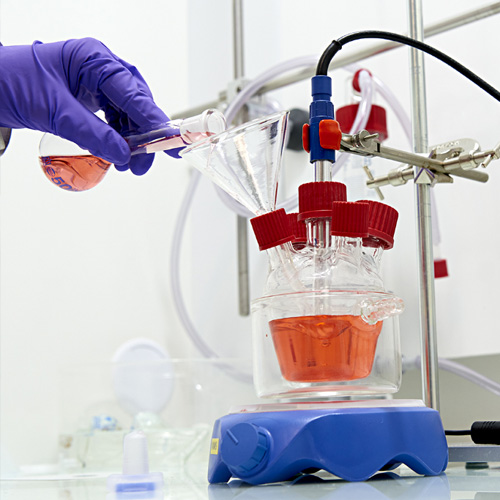
| We have outlined two specific road maps for the treatment and recycling of materials: - Critical materials used in energy technologies (spent Li-ion electric vehicle batteries).
- Low-environmental-impact polymers.
Our goals are to develop modular processes that can be used on materials from different sources and support the transition to electric mobility. For Li-ion batteries, for example, we are focusing on the treatment and recycling of lithium, cobalt, manganese, and nickel. Fuel cells containing platinum and fluorinated materials, solar panels containing silver and silicon, electronic waste containing gold, and rare-earth magnets from electric motors are a few of the use cases we are investigating. The objective is to obtain recycled materials that are pure enough to be reused in the original processes in a closed loop. We prioritize the recycling of products developed at the CEA, leveraging our in-depth knowledge of the different process steps to reduce environmental impacts in line with our eco-innovation strategy. Our polymer treatment and recycling activities focus on materials from the energy and mobility industries and on the development of low-environmental-impact polymers. Thermoset polymers and thermoplastics are our two focus areas. We are looking at recycling polymers into a new product family, vitrimers, which are much more recyclable; and the development and formulation of bio-based polymers.
Our expertise in materials, eco-design, and related processes is fundamental to our strategy, positioning us as a partner of choice for value-added applications like the 3D printing of original parts for electric motors, innovative custom manufacturing processes, and the recycling of materials to support the circular economy.
|